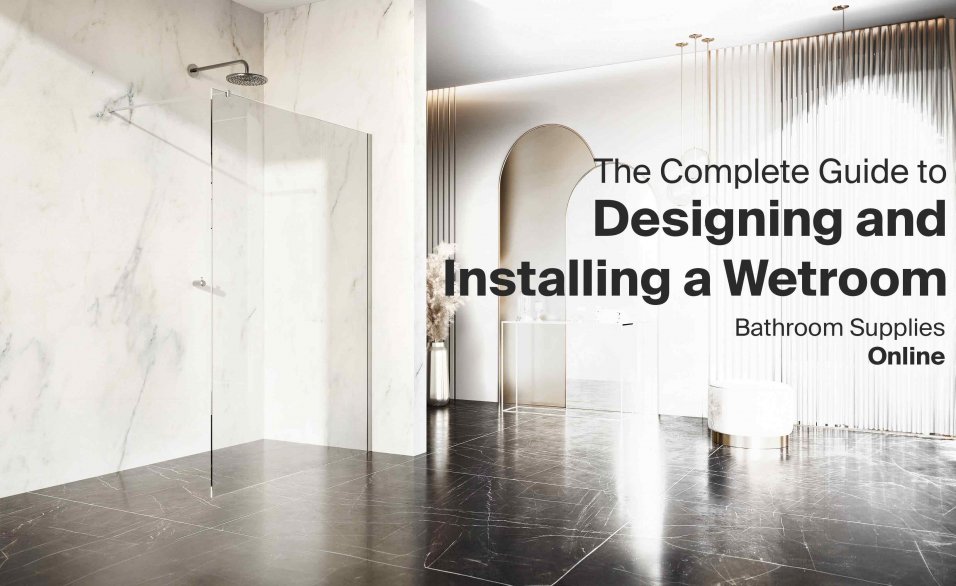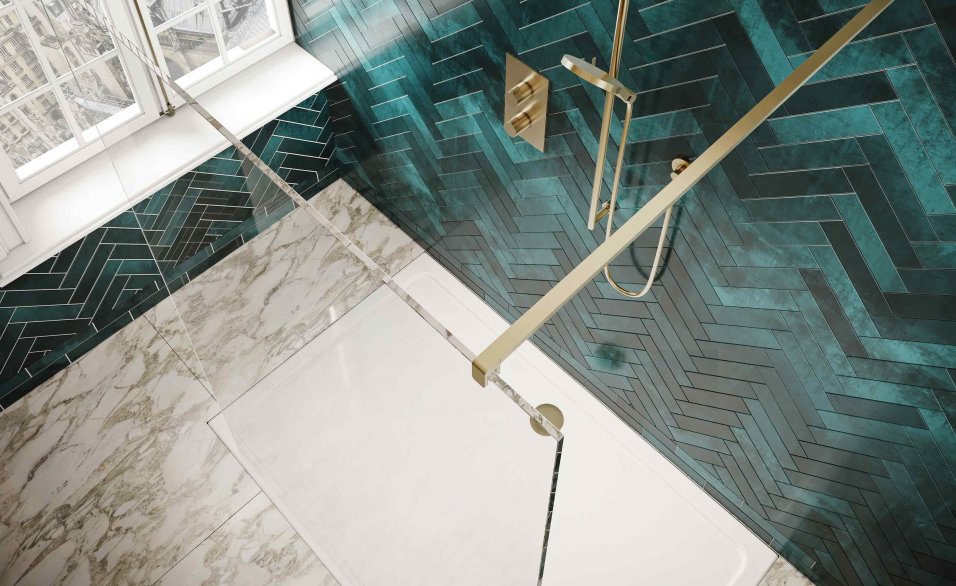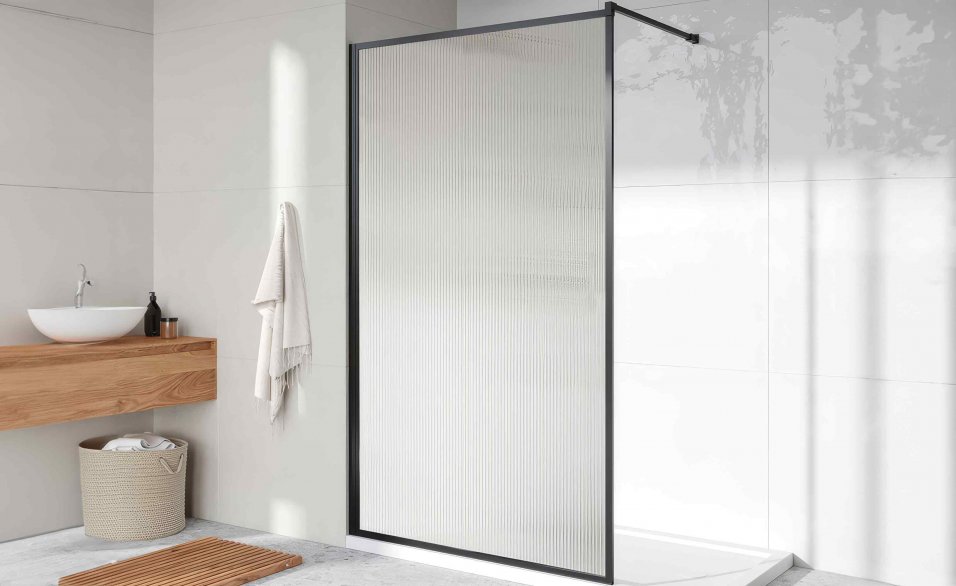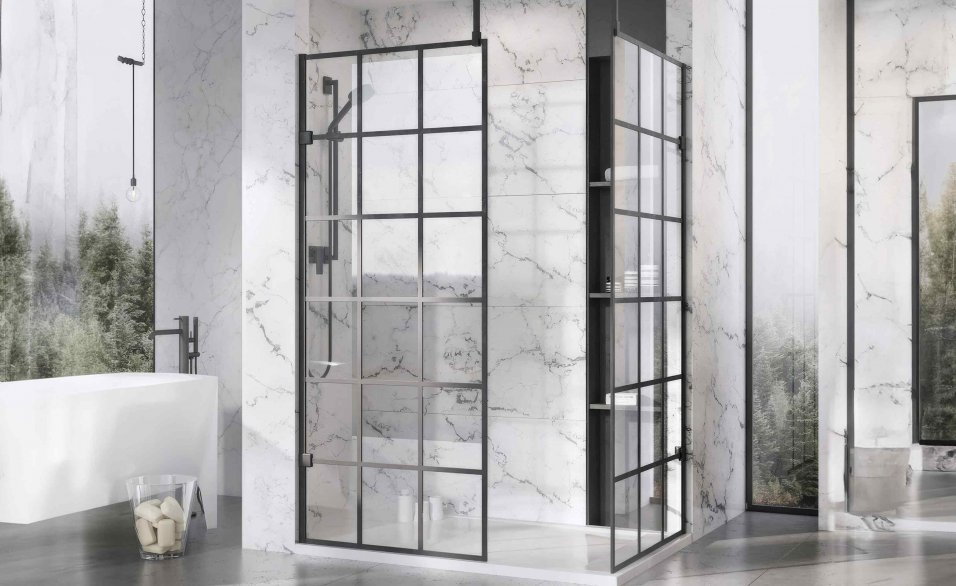| Tags | walk-in bath bath easy riser montana priya tray sizes anti-slip shower tray sizes shower tray freestanding baths geberit aquaclean aquaclean carron corner bath carron baths show all posts |
The Complete Guide to Designing and Installing a Wetroom
Imagine stepping into a bathroom where the boundaries between the shower space and the rest of the room blur, creating a sleek, unified look. That’s the essence of a wetroom, an innovative solution increasingly found in modern homes. These spaces not only enhance the functionality of a typical bathroom but also elevate the aesthetic to a more contemporary, streamlined design.
The growing popularity of wetrooms isn’t just about following trends; it's about making the most of your space and adding a touch of luxury that’s both practical and visually appealing. Whether you’re renovating an old property or designing a new home, incorporating a wetroom can be a game-changer in how you utilise bathroom space.
Understanding Wetrooms
So, what exactly is a wetroom? At its core, a wetroom is a waterproof bathroom where the shower area is not confined by trays and curtains. Instead, the entire room is designed to handle moisture, with walls and floors that are not only water-resistant but also fully waterproof. The floor typically slopes towards a drain, allowing water to flow freely and efficiently out of the room.
This setup significantly differs from traditional bathrooms, where showers are distinct, enclosed spaces. In a wetroom, the open, barrier-free design creates a sense of space and continuity, making even smaller bathrooms feel more expansive and inviting.
Benefits of a Wetroom
One of the biggest perks of opting for a wetroom is how it maximises space. Without the need for bulky shower enclosures or bathtubs, wetrooms make efficient use of every inch. This aspect is particularly beneficial in compact bathrooms, where traditional setups might feel cramped or cluttered.
Accessibility
Accessibility is another key benefit. With level access to the shower, wetrooms are ideal for those with mobility issues. There are no steps to navigate or doors to manoeuvre around, making it easier for everyone, regardless of mobility, to use the bathroom safely and comfortably. It’s a thoughtful design choice that caters to the needs of all household members, ensuring that the bathroom is a safe, accessible space for years to come.
Contemporary Design and Aesthetic Appeal
Aesthetically, wetrooms speak to a modern and minimalistic design ethos. They lend a sleek, clean look to bathrooms, stripping away the fuss and frills of traditional designs. The continuity in flooring and wall coverings can make your bathroom appear larger and more cohesive, which is a huge plus in design circles. Whether you prefer a stark, minimalist look or something warm and inviting, a wetroom can be customised to fit your taste.
The design flexibility also allows for high-end materials like large-format tiles and stone slabs, which might be impractical in a conventional bathroom setup. Such materials not only enhance the beauty and value of your bathroom, but also contribute to the overall durability and water resistance required in a wetroom.
Planning Your Wetroom
Initial Considerations
Before diving into the transformation of your bathroom into a sleek wetroom, several preliminary aspects need consideration. First, assess the space available. It's crucial to understand the dimensions you’re working with to design a wetroom that’s both functional and free-flowing.
Next up is budget planning. Wetrooms can vary significantly in cost depending on the size, materials, and extra features you choose. Setting a realistic budget early on will help guide your decisions and keep your project on track without unwanted financial surprises.
Also, consider the timeline for construction. Converting a standard bathroom into a wetroom involves several detailed steps, from demolition to waterproofing to the final touches. Depending on the complexity and the craftsmanship required, this could take anywhere from a few weeks to several months. Planning the timeline with your contractor will ensure that the project progresses smoothly without major disruptions to your daily life.
Design Elements to Consider
Choosing the Right Layout
When it comes to the layout, every inch counts, especially in tighter spaces. Your wetroom arrangement should improve the space's flow and functionality. Consider how the placement of the shower, sink, and toilet can best serve your needs while maintaining a feeling of spaciousness.
Selecting Materials
Choosing the right materials for your wetroom is pivotal. For tiles, consider porcelain or ceramic, which are both stylish and highly water-resistant. Waterproofing is non-negotiable; ensure you select high-quality membranes and sealants to prevent any leakage. Your choice of materials will influence not only the look of your wetroom but also its longevity and ease of maintenance.
The Importance of Lighting and Ventilation
Good lighting and ventilation are essential for any bathroom but are especially crucial in a wetroom. Strategic lighting can enhance the overall ambiance while ensuring safety and functionality. Ventilation helps manage humidity and condensation, which is crucial in a space where every surface might be wet. An effective ventilation system will help prevent mould growth and maintain air quality, protecting your room's structure as well as your health.
Legal and Compliance Issues
Understanding and adhering to building regulations and standards is vital. These regulations ensure safety and functionality in construction and renovation projects. You’ll likely need to secure permissions and possibly undergo inspections once the work is completed. This process can seem daunting, but it’s essential for your peace of mind and the legality of your construction work.
Waterproofing and Drainage
Waterproofing Essentials
Waterproofing your wetroom is not just another step—it’s arguably the most critical part of creating a functional wetroom that stands the test of time. The entire space needs to be watertight to prevent water damage and ensure the structural integrity of your home. Various methods and materials can be used, ranging from liquid waterproofing compounds that are applied like paint to waterproof boarding behind tiles.
Drainage Solutions
Types of Drains Suitable for Wetrooms
Choosing the right type of drain is crucial for maintaining the effectiveness and aesthetics of your wetroom. Linear drains are popular for their sleek appearance and compatibility with large-format tiles, while point drains are commonly used for their simplicity and effectiveness.
Placement and Installation Tips
To ensure efficient water flow, the drain placement should be carefully considered. It’s typically best to position the drain at the lowest point of the floor. Installation should be handled by professionals who can ensure that the floor's gradient directs water smoothly into the drain, avoiding stagnation and potential water issues.
Choosing the Right Materials and Fixtures
Flooring Options
Selecting the right flooring for your wetroom is not only a question of style but also of safety and durability. Slip resistance is a top priority. Materials such as textured tiles or non-slip vinyl can provide safety while maintaining a high-end look. When it comes to material options, you have a variety: ceramic and porcelain tiles are popular for their durability and water resistance, while stone or composite materials offer a unique aesthetic and longevity. Each option has its own set of benefits, so consider what best fits your lifestyle and design vision.
Wall Treatments
Your wetroom's walls need to withstand high levels of moisture. Waterproofing options range from specialised plaster and water-resistant paint to full-scale waterproof panels or glass. Beyond functionality, the decorative choices play a key role in setting the atmosphere of the room. Tiles can be coordinated with the flooring for a cohesive look, or you might choose bold patterns or colours to make a statement.
Fixtures and Fittings
Choosing the right fixtures and fittings can significantly enhance the functionality and aesthetic of your wetroom. For showers, consider the range of available designs, from overhead rain showers to handheld units, depending on your preference for convenience and luxury. Glass screens can help contain splashes while maintaining an open feel. When it comes to seating, fold-down seats or built-in benches are not only practical for accessibility but can also be stylish additions.
The selection of taps and other fittings, like towel rails and storage solutions, should complement the overall design while ensuring quality and durability. Opt for materials that resist corrosion and wear well in damp environments.
Installation Tips
DIY vs Professional Installation
While some aspects of creating a wetroom may seem straightforward, the importance of precision in tasks like waterproofing and drainage cannot be overstated. Hiring a professional is advisable not only to ensure that the technical aspects are handled correctly but also to avoid the common pitfalls of DIY projects, such as improper sealing and alignment issues, which can lead to costly repairs down the line.
Step-by-Step Installation Guide
Preparing the Space
To install a wetroom, the first step is to prepare the space. This involves clearing out existing fixtures and ensuring the area is clean and free from debris. Any required demolition should be handled with care to avoid damaging essential wiring or plumbing.
Laying Down Waterproofing
Waterproofing is next, and it is critical. Apply a waterproof membrane across floors and walls, ensuring all seams and joints are fully sealed. Attention to detail here will prevent future moisture problems.
Installing Drainage and Flooring
After waterproofing, install the drainage as per the design specifications. Ensure the floor gradient directs water towards the drain efficiently. Following this, you can lay down the chosen flooring, keeping alignment and distribution even to avoid uneven surfaces.
Final Touches
Finally, install the necessary fixtures and carry out the sealing around areas susceptible to water exposure, such as edges and between joints. The right sealant will help maintain the integrity of your wetroom for years to come.
By adhering to these guidelines and considering each step carefully, your wetroom installation will not only look great but will also offer a functional and enduring addition to your home. Whether you choose to involve professionals or tackle some aspects yourself, understanding these steps will help you manage your project effectively.








